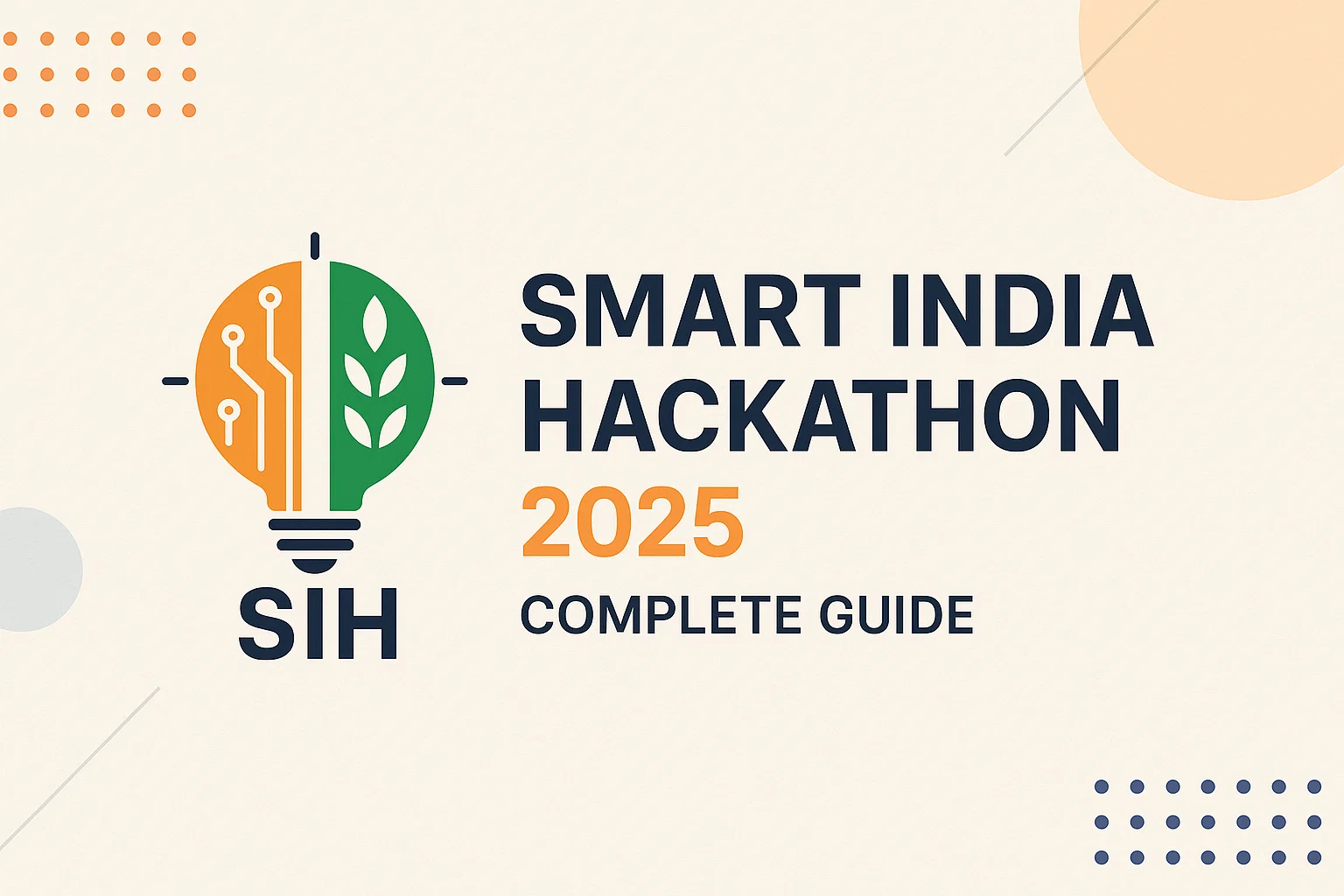|
COURSE
OBJECTIVES |
|
|
1 |
To
learn about Python programming language syntax, semantics, and the runtime
environment. |
|
2 |
To
be familiarized with universal computer programming concepts like data types,
containers. |
|
3 |
To
be familiarized with general computer programming concepts like conditional
execution, loops & functions |
|
4 |
To
be familiarized with general coding techniques and object-oriented
programming |
|
COURSE
OUTCOMES |
BTL |
|
|
Upon
successful completion of the course, the student will be able to: |
||
|
CO1 |
Develop essential programming skills in computer
programming concepts like data types, containers |
K3 |
|
CO2 |
Apply the basics of programming in the Python
language. |
K3 |
|
CO3 |
Solve coding tasks related conditional execution,
loops. |
K3 |
|
CO4 |
Solve coding tasks related to the fundamental
notions and techniques used in object- oriented programming. |
K3 |
|
CO5 |
Make use of Exceptions and GUI interfaces for
developing applications |
K3 |
Note: K1- Remembering
K2-Understanding
K3-Applying
K4-Analyzing
K5-Evaluating
K6-Creating
Strings and Text Files: Accessing Character and Substring in Strings, Data Encryption, Strings and Number Systems, String Methods Text Files.
UNIT III
Design with Function: Functions as Abstraction Mechanisms, Problem Solving with Top Down Design, Design with Recursive Functions, Case Study Gathering Information from a File System, Managing a Program’s Namespace, Higher Order Function.
Modules: Modules, Standard Modules, Packages.
Object Oriented Programming: Concept of class, object and instances, Constructor, class attributes and destructors, Real time use of class in live projects, Inheritance , overlapping and overloading operators, Adding and retrieving dynamic attributes of classes, Programming using Oops support
Design with Classes: Objects and Classes, Data modeling Examples, Case Study An ATM, Structuring Classes with Inheritance and Polymorphism
Graphical User Interfaces: The Behavior of Terminal Based Programs and GUI -Based, Programs, Coding Simple GUI-Based Programs, Other Useful GUI Resources.
Programming: Introduction to Programming Concepts with Scratch.
Text Books:
- Fundamentals of Python First Programs, Kenneth. A. Lambert, Cengage.
- Python Programming: A Modern Approach, Vamsi Kurama, Pearson.
- Introduction to Python Programming, Gowrishankar.S, Veena A, CRC Press.
-
Introduction to Programming Using Python, Y. Daniel Liang, Pearson.







No comments